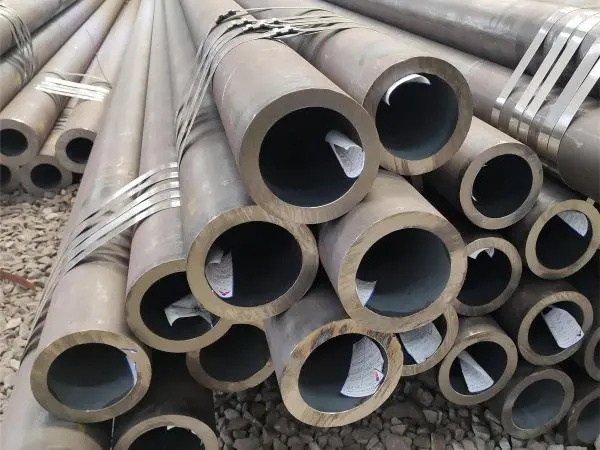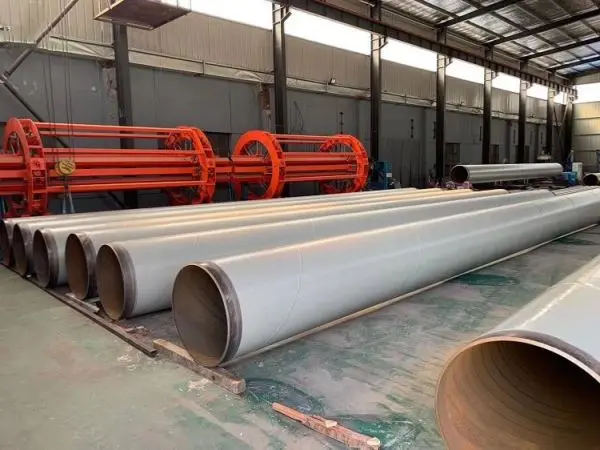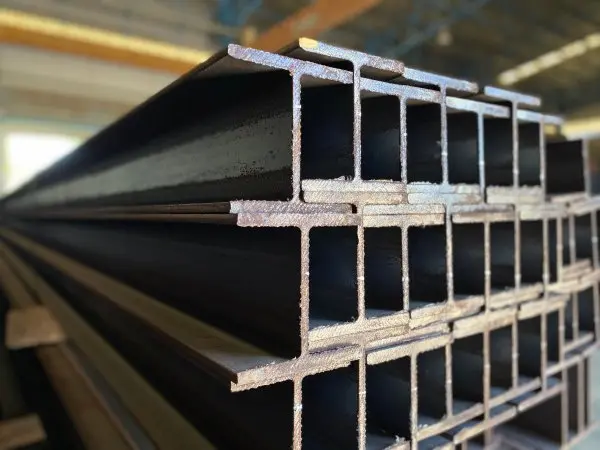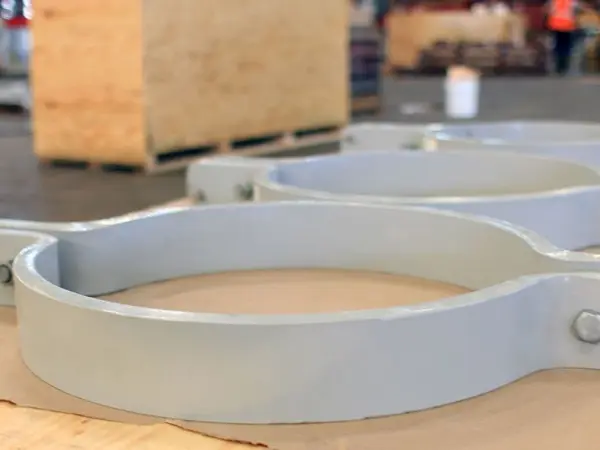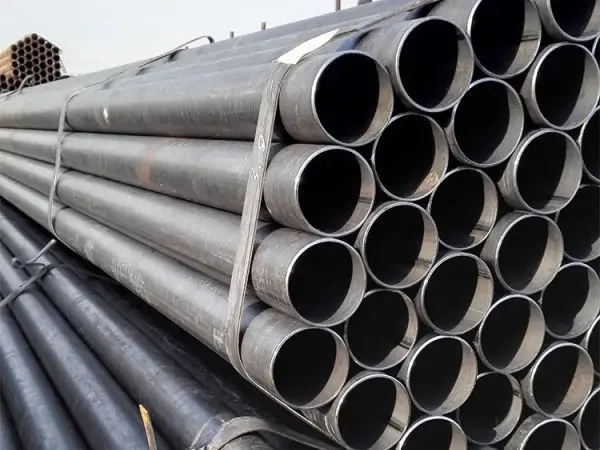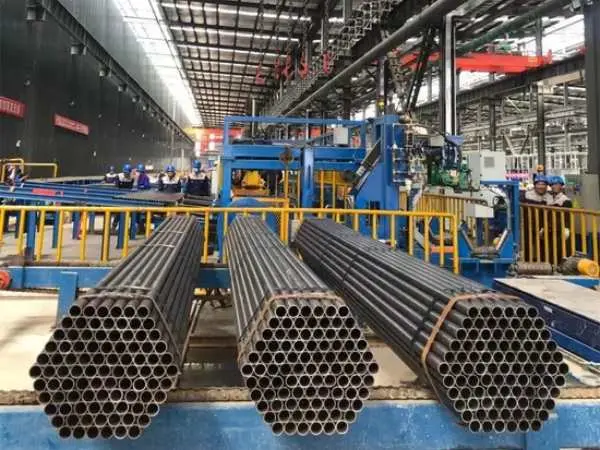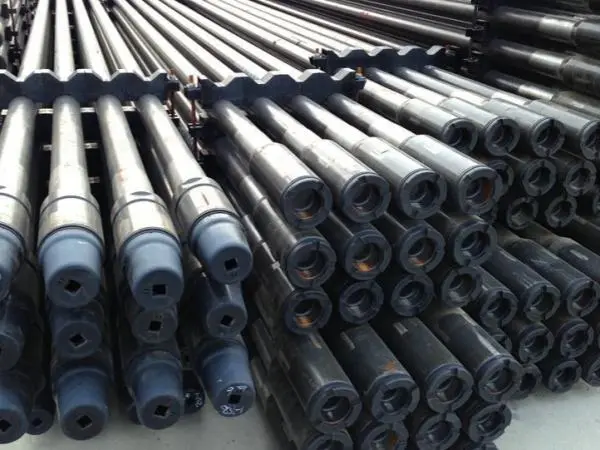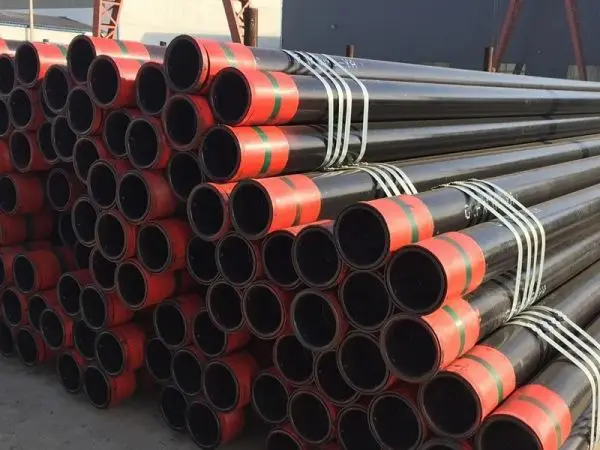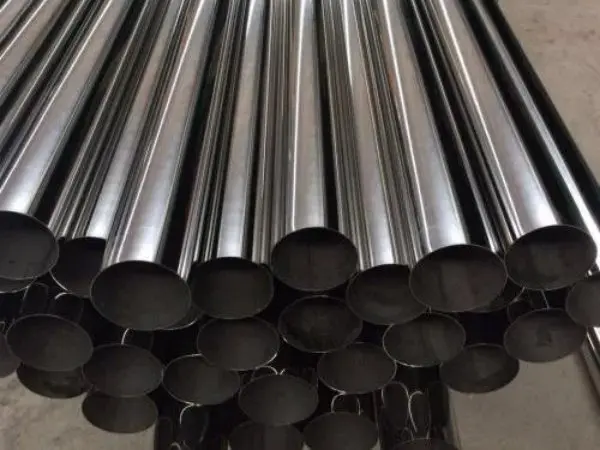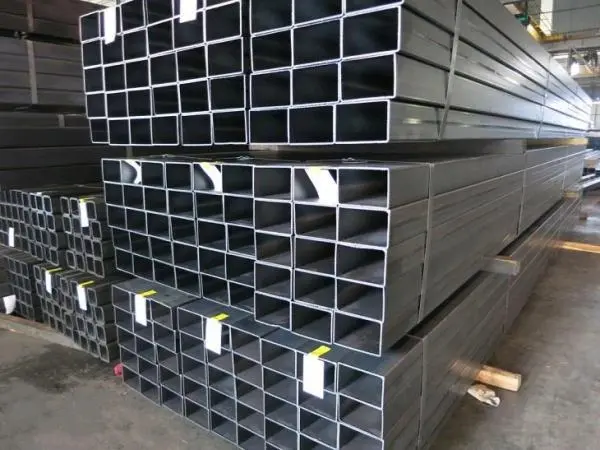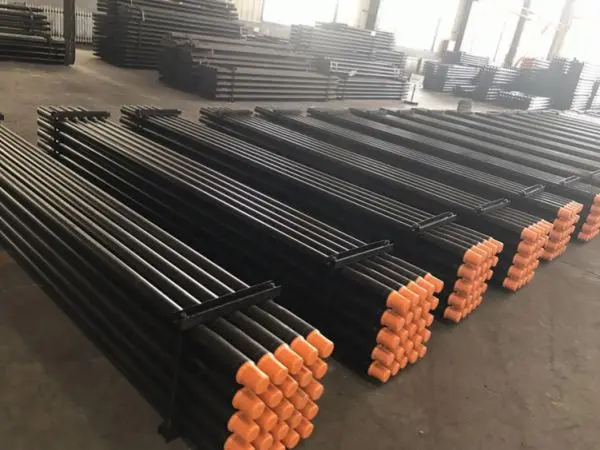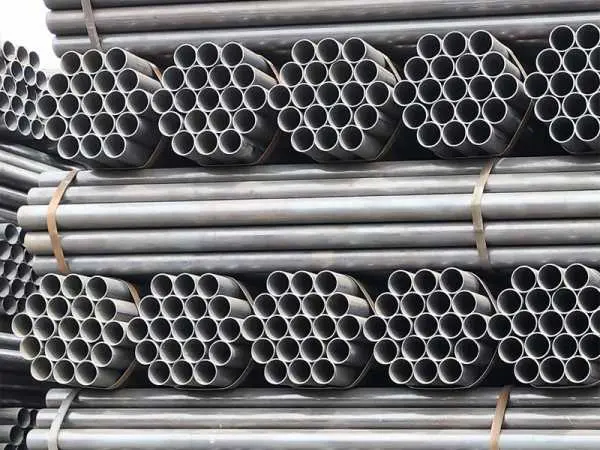-
2024-12-23Product News
What is the difference between ASME and ASTM?
ASME (American Society of Mechanical Engineers) and ASTM (American Society for Testing and Materials) are both influential organizations in the fields of engineering, materials, and standards, but they serve different purposes and have distinct roles. Here's a comparison to clarify their differences.
-
2024-12-20Product News
What is FBE coated pipe?
An FBE coated pipe refers to a pipe that is coated with a layer of Fusion Bonded Epoxy (FBE), a type of protective coating commonly applied to steel pipes used in industries such as oil and gas, water transportation, and infrastructure. The FBE coating is a thermoset epoxy that is fused to the pipe surface during a high-temperature application process, providing superior protection against corrosion and environmental damage.
-
2024-12-20Product News
What is an H beam?
An H-beam (also known as a wide flange beam) is a structural steel component with a cross-sectional shape resembling the letter "H." It is designed to carry loads efficiently in construction and engineering applications. This article will briefly introduce what is an H beam.
-
2024-12-19Product News
What is a characteristic of a pipe clamp?
A key characteristic of a pipe clamp is its ability to securely hold or support a pipe, typically by applying pressure to the pipe to prevent movement, vibration, or displacement. Pipe clamps come in various designs, but the following characteristics are common.
-
2024-12-19Product News
What does ERW stand for in pipe?
In the modern industrial landscape, pipes are ubiquitous, especially in the fields of oil, natural gas, and chemical industries. Among the many types of pipes, ERW (Electric Resistance Welding) pipes have garnered significant attention due to their unique manufacturing processes and superior performance. This article delves into the definition, manufacturing process, advantages and disadvantages, and application fields of ERW pipes.
-
2024-12-18Product News
What is HFW pipe?
HFW pipe stands for High-Frequency Welded Pipe. It is a type of welded steel pipe that is manufactured using high-frequency electric resistance welding (HF-ERW), which is a process that uses electrical resistance to heat the edges of the pipe material, followed by the application of pressure to form the weld. This process is primarily used for producing pipes with a uniform, strong weld, and is commonly used in a variety of industrial applications.
-
2024-12-18Product News
What is a drill collar?
A drill collar is a heavy, thick-walled steel pipe used in the drilling process of oil and gas wells. It is placed directly above the drill bit to provide additional weight and stability, which are necessary for efficient drilling. The main function of a drill collar is to apply weight to the drill bit, ensuring it maintains proper contact with the rock formation and cuts efficiently. Drill collars help control the direction of the drill bit and stabilize the drill string.
-
2024-12-17Product News
What is OCTG pipe?
OCTG stands for Oil Country Tubular Goods, which refers to a broad category of pipes used in the exploration, drilling, and production of oil and natural gas. These pipes are specifically designed to withstand the extreme conditions found in oil and gas drilling operations, including high pressure, temperature fluctuations, and harsh environments.
-
2024-12-17Product News
How to straighten steel tubing?
Straightening steel tubing is an essential process in ensuring that the pipes or tubes are free from bends or distortions, making them suitable for various applications. The method used depends on the size of the tubing, the material, and the degree of bending. Below are some common techniques for straightening steel tubing.
-
2024-12-16Product News
What is structural pipe?
Structural pipe refers to a type of pipe that is specifically designed and used for structural applications, where it plays a key role in providing strength, stability, and support for construction or engineering projects. Unlike pipes used for conveying liquids or gases, structural pipes are often employed in frameworks, supports, and load-bearing structures. These pipes are usually made from strong materials like steel, aluminum, or other alloys, and they are designed to handle significant mechanical loads and stress.
-
2024-12-16Product News
How long is drill pipe?
The length of drill pipes varies based on industry standards and is typically categorized into API (American Petroleum Institute) range classifications. Below are the common categories.
-
2024-12-13Product News
How pipes are classified?
Steel pipes are classified based on various factors, including material composition, manufacturing process, dimensions, and their intended application. Here’s an overview of the main ways steel pipes are classified.
